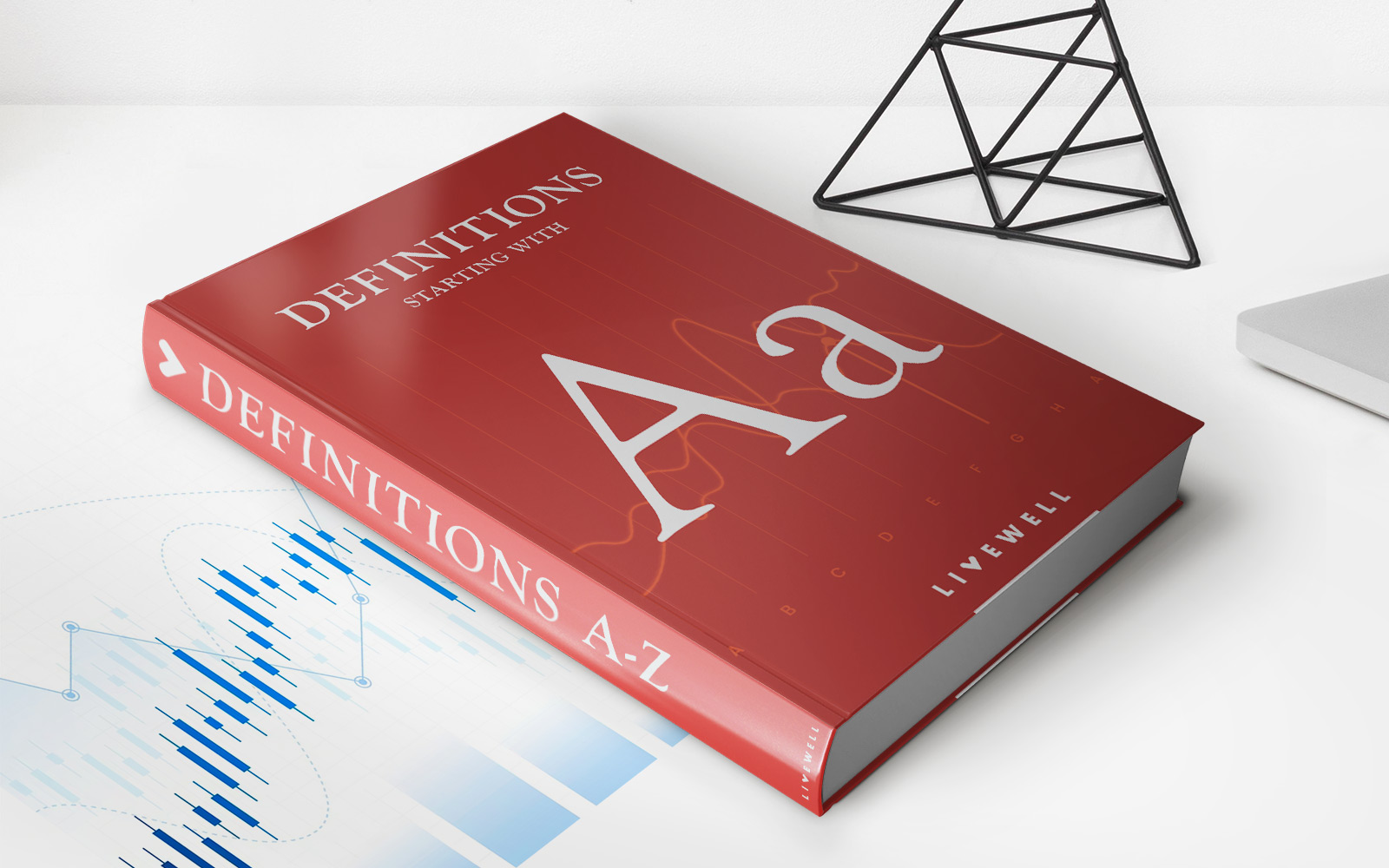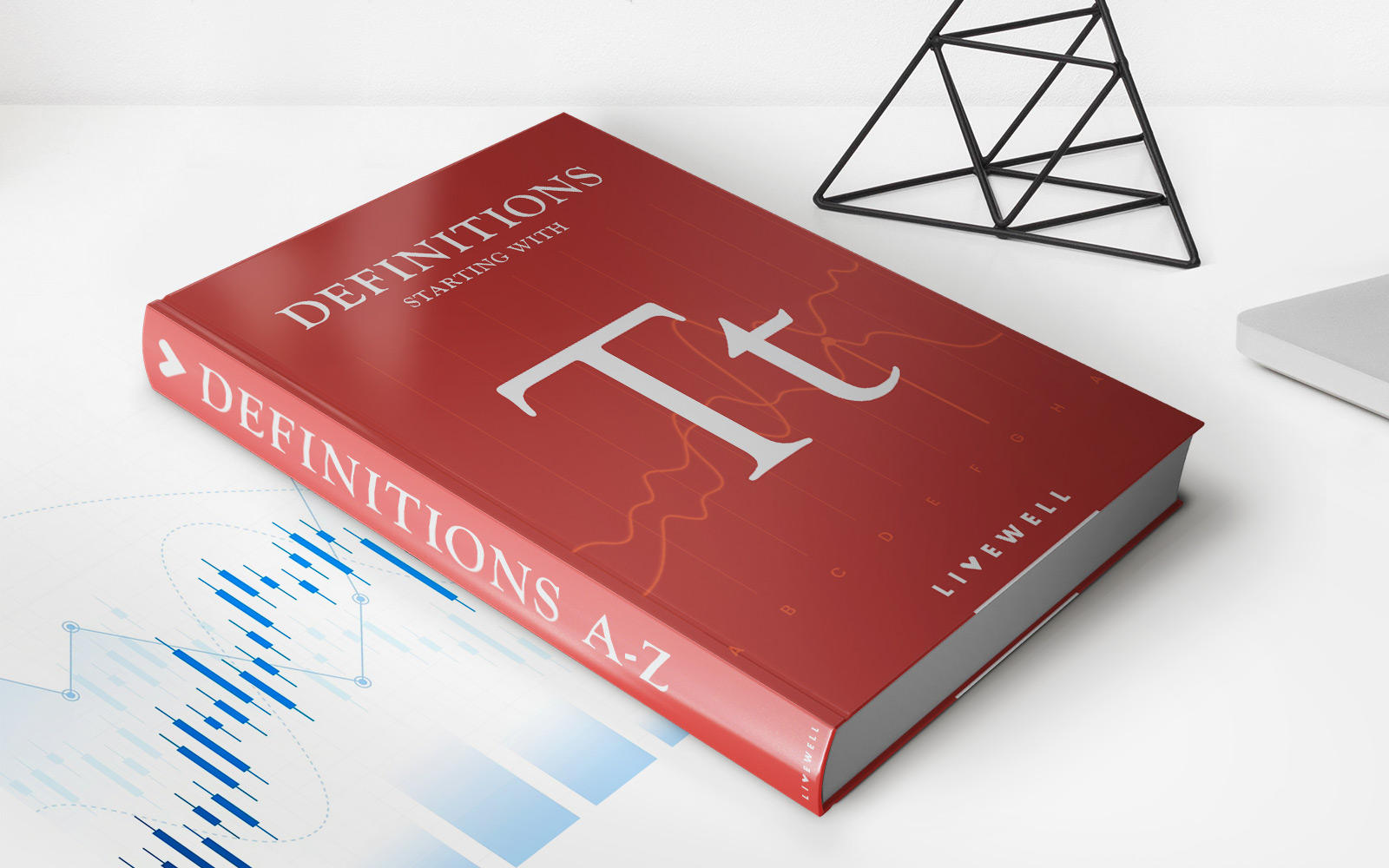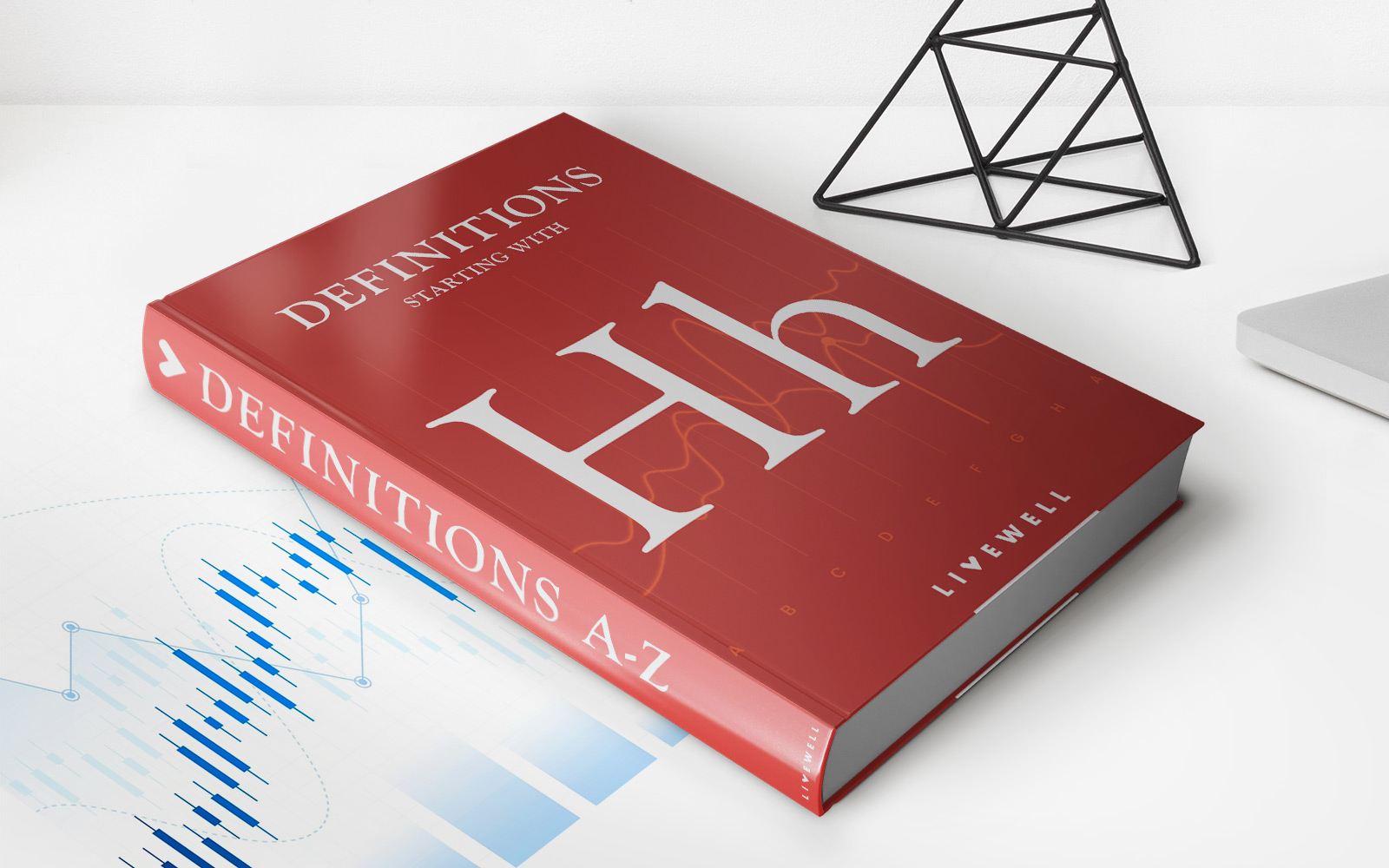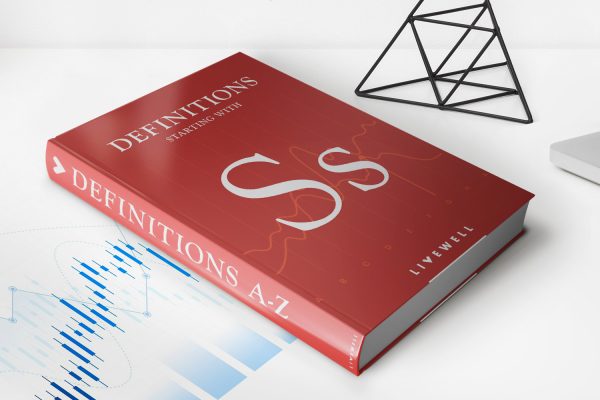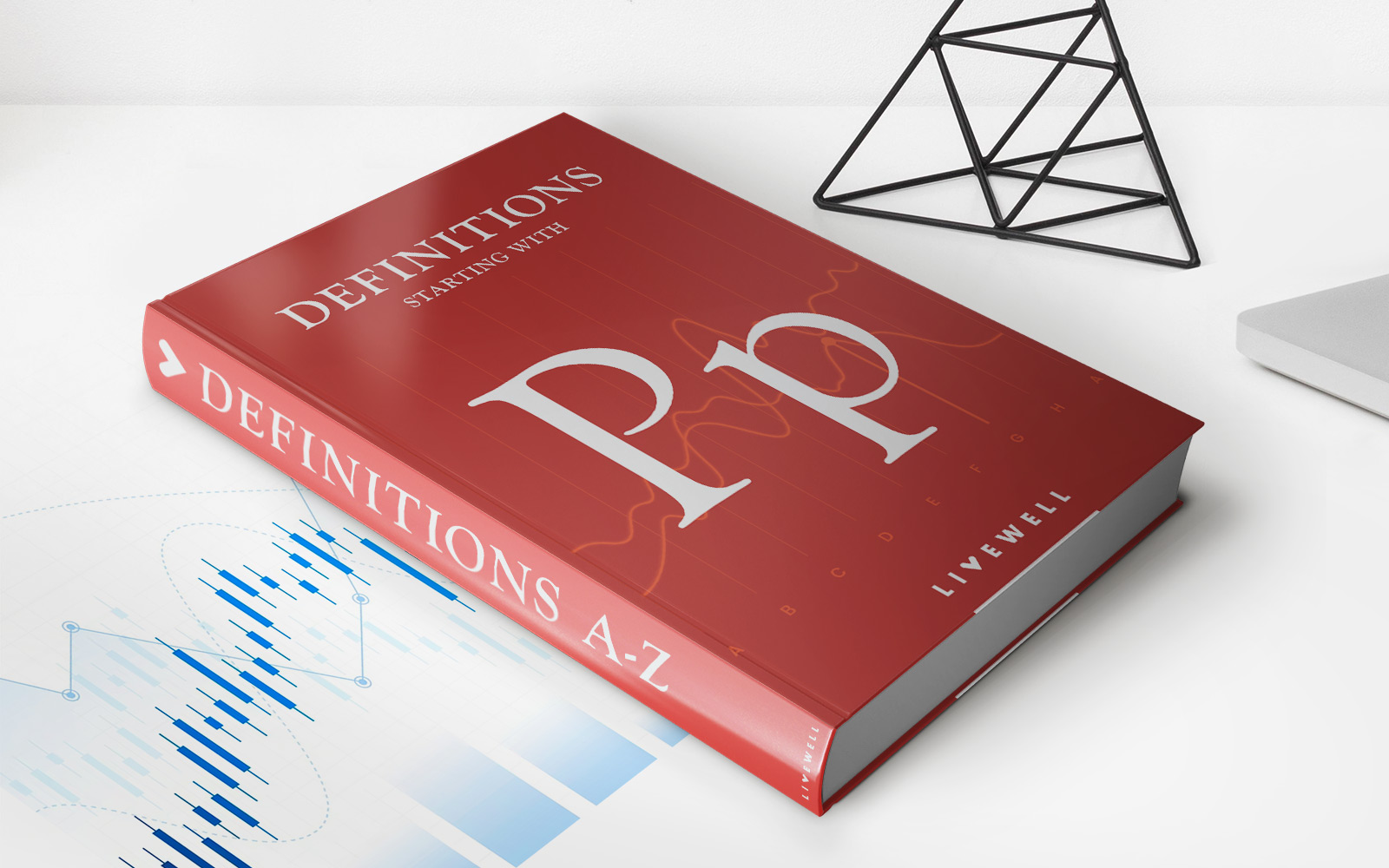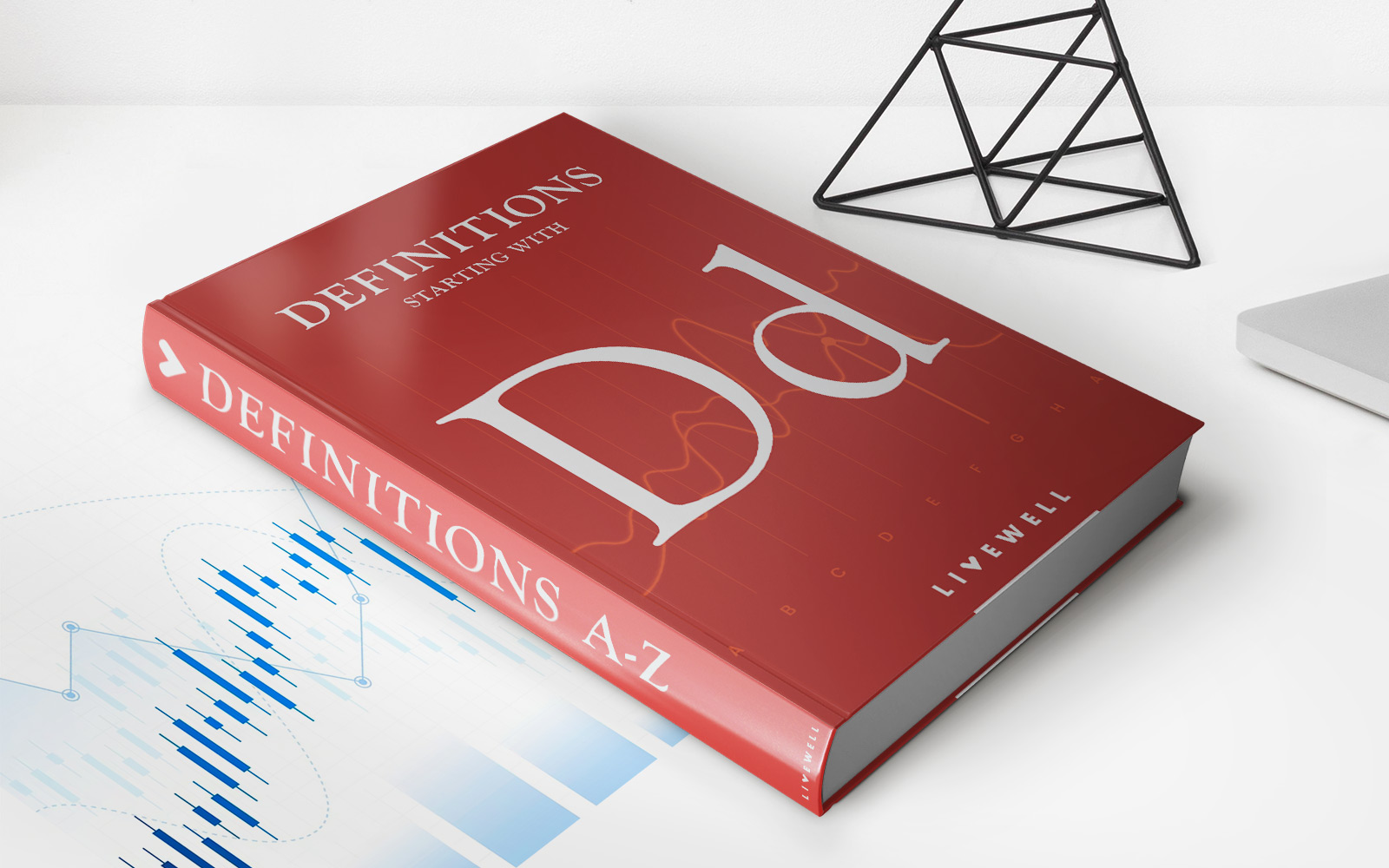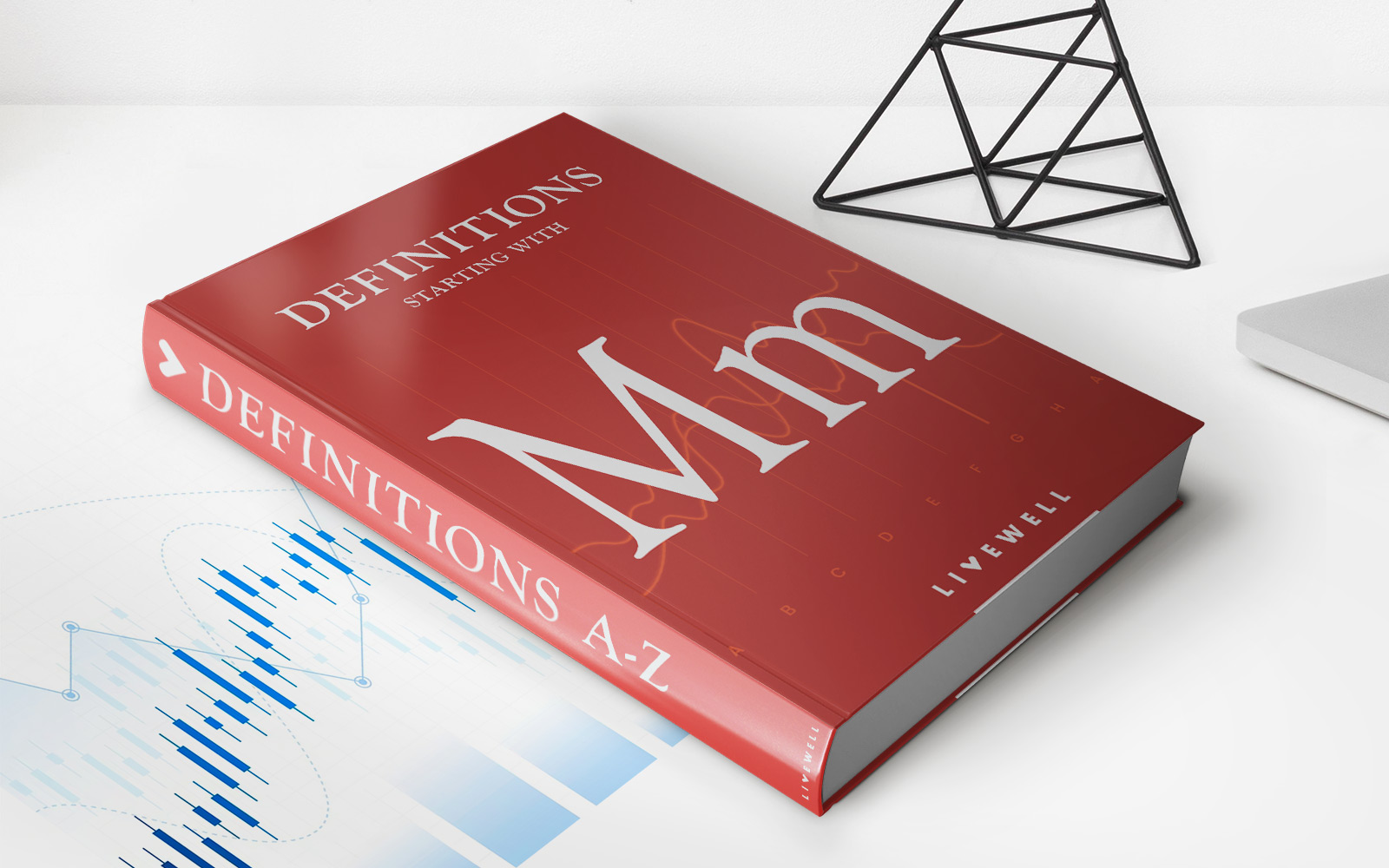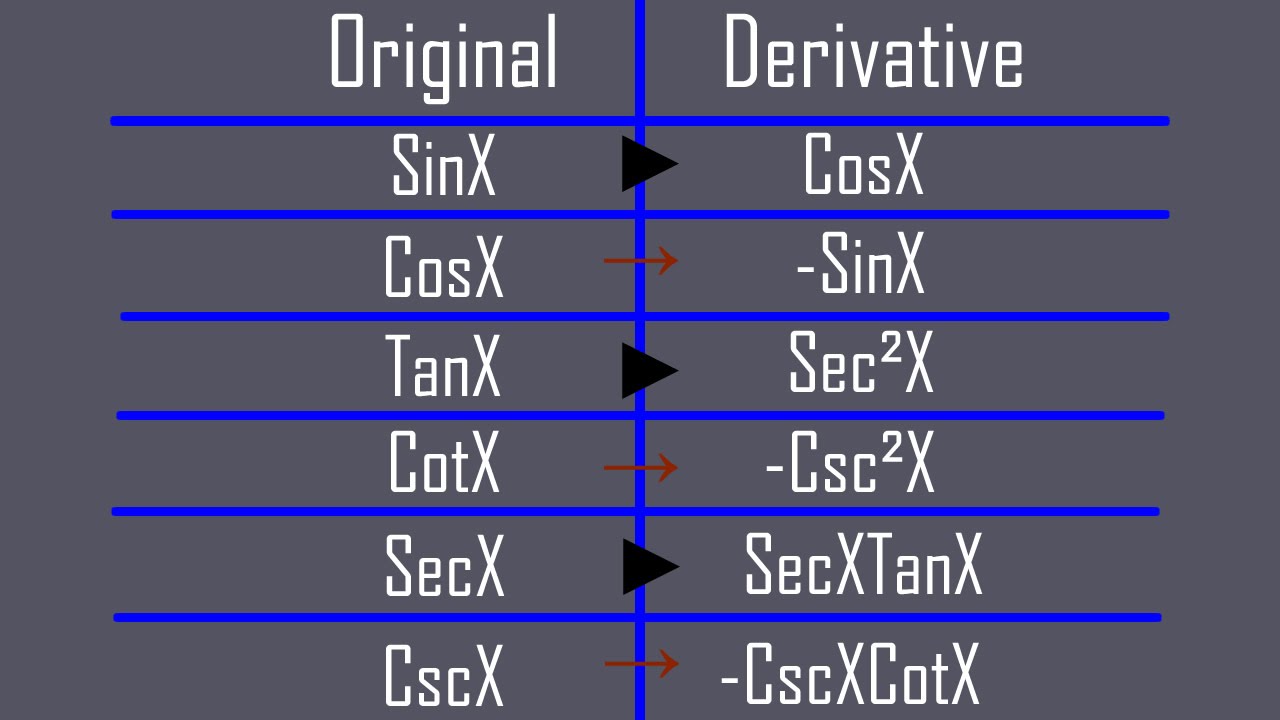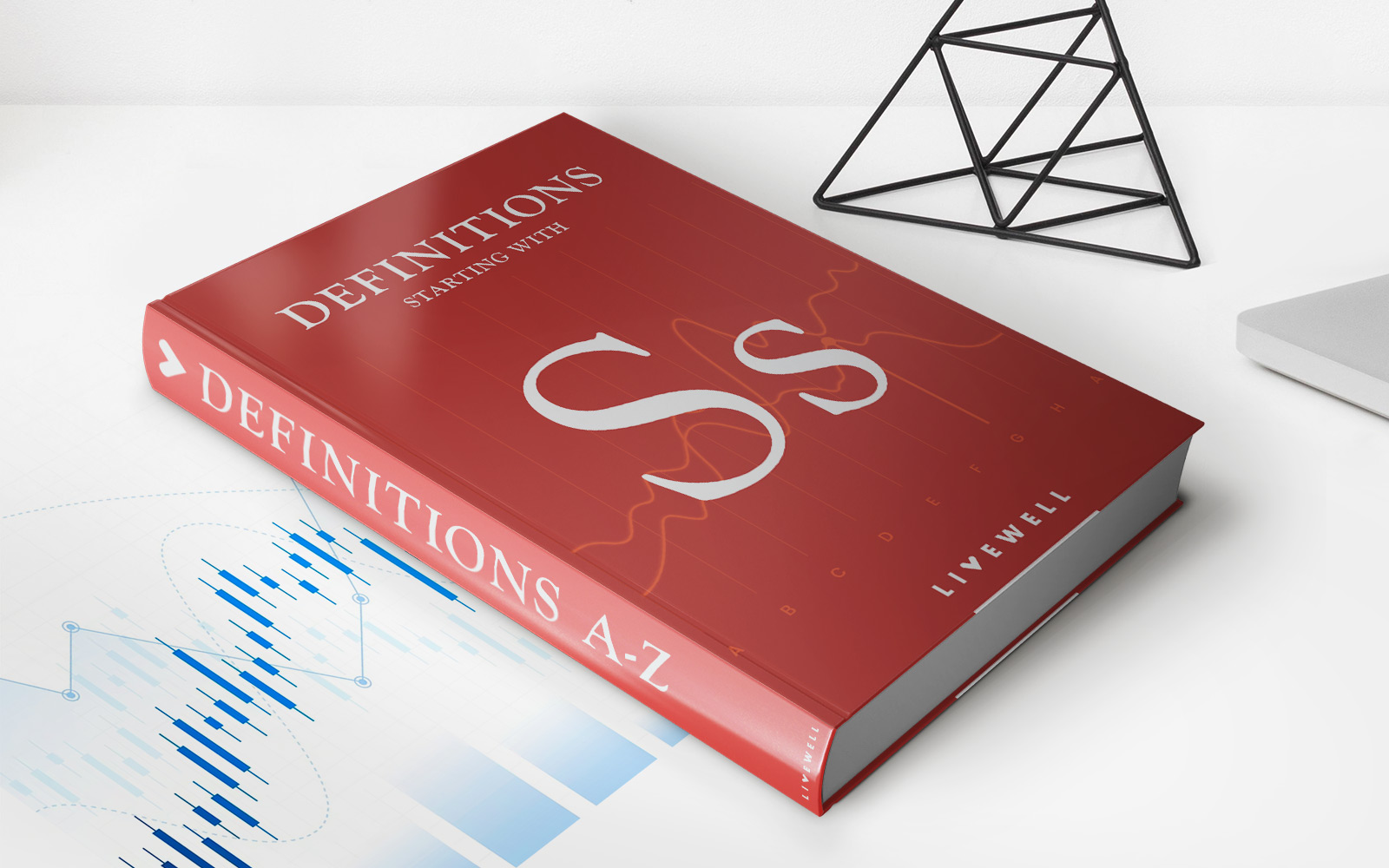Home>Finance>What Is Rho? Definition, How It’s Used, Calculation, And Example
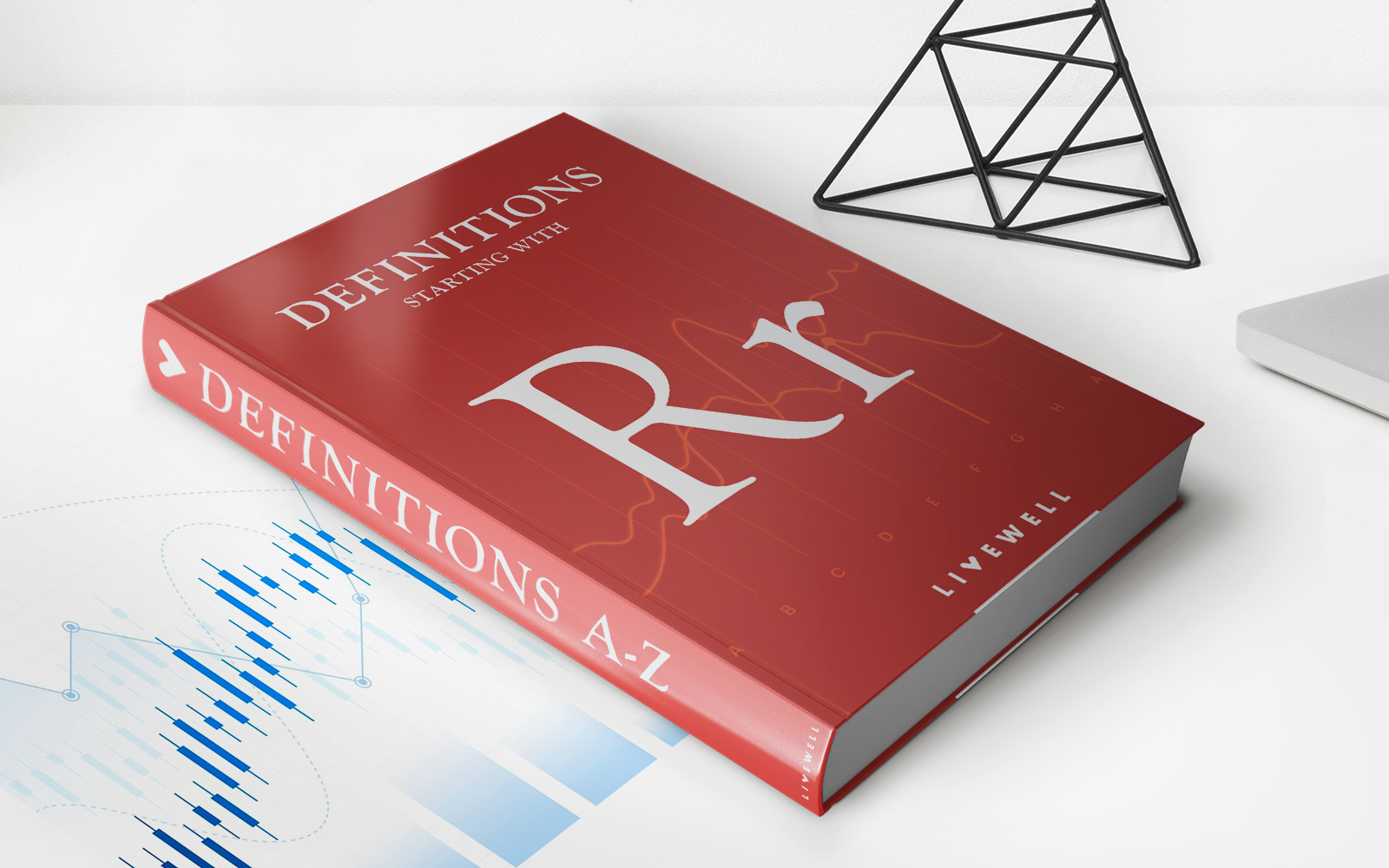

Finance
What Is Rho? Definition, How It’s Used, Calculation, And Example
Published: January 21, 2024
Discover the meaning of Rho in finance, its applications, calculation methods, and explore an example to grasp its significance in the financial world.
(Many of the links in this article redirect to a specific reviewed product. Your purchase of these products through affiliate links helps to generate commission for LiveWell, at no extra cost. Learn more)
Understanding Rho in Finance
Finance can often feel like a complex and mysterious world, filled with jargon and formulas. One such term you may have come across is “rho.” But what exactly does it mean, and how is it used in finance? In this blog post, we’ll delve into the definition of rho, explore its applications, learn how to calculate it, and provide you with a real-life example to help solidify your understanding.
Key Takeaways:
- Rho is a Greek letter used to represent the sensitivity of an option’s price to changes in interest rates.
- It is an important concept in the field of finance as it helps investors and analysts assess the impact of interest rate fluctuations on their investment portfolios.
What Does Rho Mean?
Rho is a measure of the rate at which an option’s value changes in relation to a one-percentage-point change in interest rates. In simpler terms, it helps to gauge the impact of interest rate movements on the price of an option. Rho is one of the “greeks” used in options trading, alongside delta, gamma, vega, and theta.
Rho provides an indication of how sensitive an option’s price is to changes in interest rates. It is especially relevant for options that have a longer time until expiration, as interest rates can have a significant impact on their valuation over time.
How is Rho Used?
Rho is primarily used by investors and analysts to assess the potential impact of interest rate changes on their options positions. By understanding the rho of their options, investors can make more informed decisions about whether to hold, buy, or sell them.
Here are some key applications of rho in finance:
- Hedging strategies: Rho can help investors identify options that can act as effective hedges against interest rate risk. By choosing options with higher rho values, investors can mitigate potential losses caused by interest rate fluctuations.
- Pricing models: Rho plays a crucial role in options pricing models, such as the Black-Scholes model. By incorporating rho into these models, analysts can estimate an option’s fair value by considering the impact of interest rate changes.
- Portfolio management: Rho assists investors in diversifying their portfolios. By including options with different rho values, investors can potentially reduce overall risks by ensuring that interest rate movements won’t significantly impact their entire investment portfolio.
Calculating Rho
Calculating rho requires a deep understanding of options pricing models and their underlying mathematics. However, for the average investor, it is more practical to rely on professional trading platforms and analytical software that provide rho values for various options.
Should you wish to calculate rho manually, it can be derived by using calculus-based formulas within options pricing models.
Real-Life Example of Rho
Let’s consider an example to illustrate the concept of rho. Imagine you own a call option on XYZ stock with a strike price of $100 and an expiration date of one year from now. The current risk-free interest rate is 3%. You calculate the rho of your option to be 0.45.
If interest rates were to increase by 1%, your option’s value would theoretically increase by 0.45. This means that for every 1% change in interest rates, the value of your option would change by 0.45 times its initial price.
Understanding the rho of your options can help you make better-informed decisions when interest rates change or when managing your options portfolio.
Conclusion
Rho, the Greek letter used to represent an option’s sensitivity to changes in interest rates, is a crucial concept in finance. By understanding rho, investors and analysts can assess the impact of interest rate fluctuations on their investment portfolios, identify hedging strategies, and make better-informed trading decisions.
While calculating rho manually requires advanced mathematical knowledge, there are numerous resources available to help investors access rho values for various options. Incorporating rho into your overall investment strategy can provide valuable insights and enhance your ability to navigate the complex world of finance.
